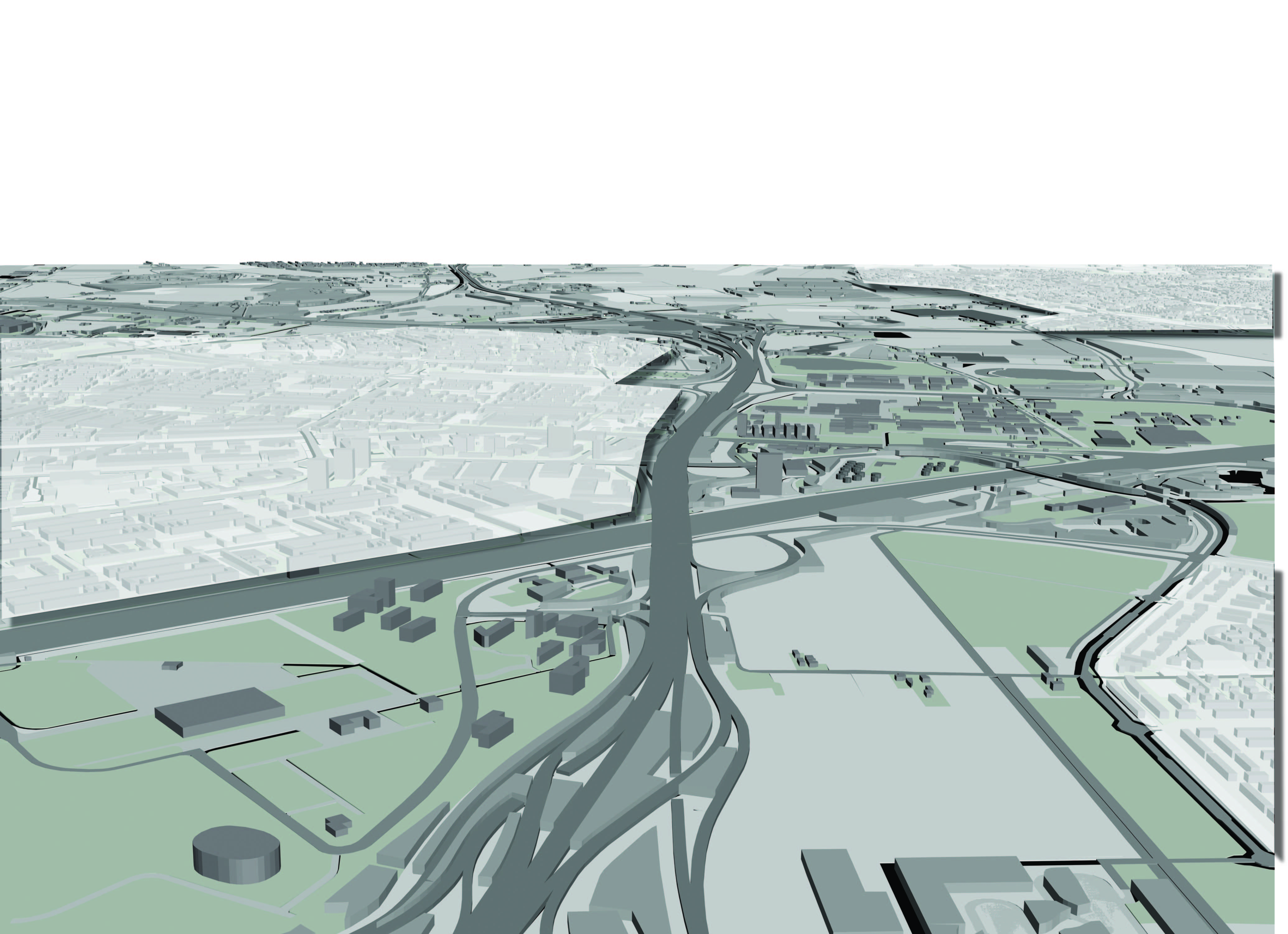
This is an article I wrote with Saskia de Wit for Footprint on metropolitan form – an underrated topic in the spatial disciplines but one which landscape has a lot to offer.
Much of what contemporary urban form is today, exceeds the comprehension of the conventional urbanism and architectural repertoire. The distinctive physical characteristics of the city and its districts have been replaced by an urbanised field made up of indistinct, fragmented territories. The spatial character of these urban fields clashes with ideas of harmony, co-operation and order to be found in traditional urban models. Through the lens of the Metropolis however, much of what is not clear about this new urban condition can be qualified. The metropolis is an unstable, dynamic environment in which elements of the contemporary city re-array themselves in an urban-landscape system. Ordering, composing and acting in this system places a new responsibility on landscape. To what extent landscape, in the sense of the permanent underlying substructure, or visual, physical and conceptual open space and as a conceptual and instrumental ‘vehicle’ of nature, has a bearing on the elaboration of the metropolitan repertoire is the broader field of inquiry of the research programme of Landscape Architecture in Delft. The overall intention of the research is qualitative; it is guided by primary objectives of the spatial design disciplines: the understanding, definition and development of spatial quality. The aim is to distil instruments from both the landscape ‘lens’ and the underlying landscape itself, in order to replace or add to the classical understanding of city form, given its increasing shortcomings in dealing with the contemporary spatial problematique.
In this paper the dissection of the landscape-architectonic treatment or ‘action’ and the discovery of archetypes derived from landscape-architectonic practice are explored. » Read the rest of this entry «